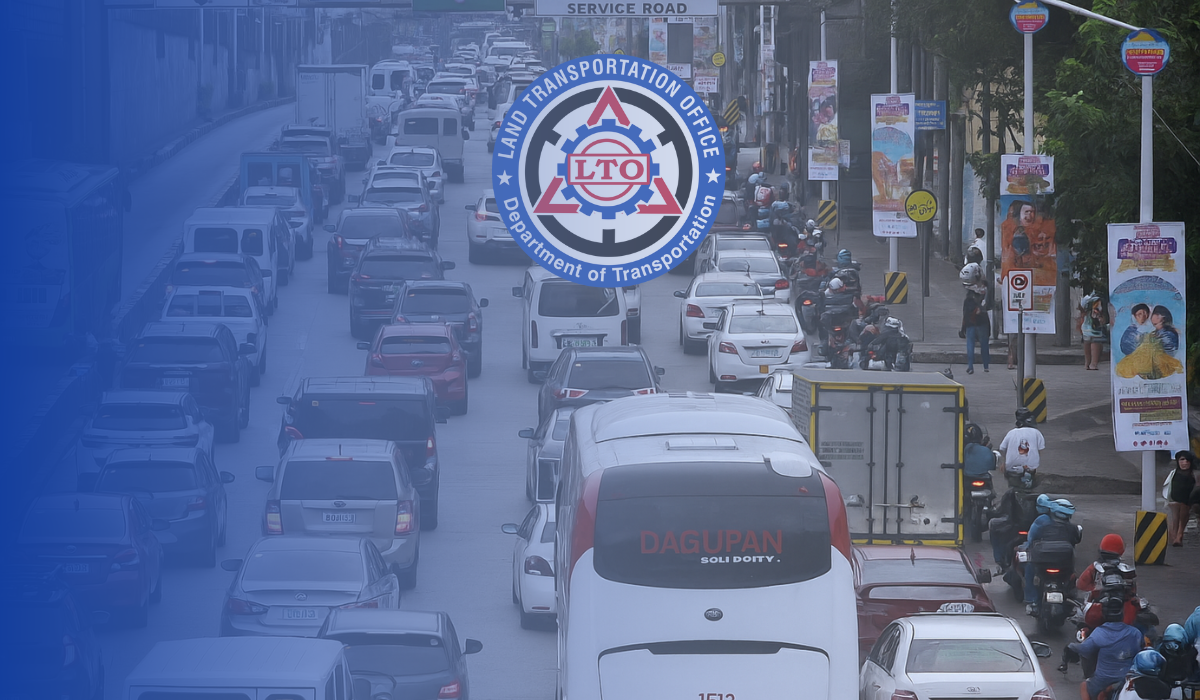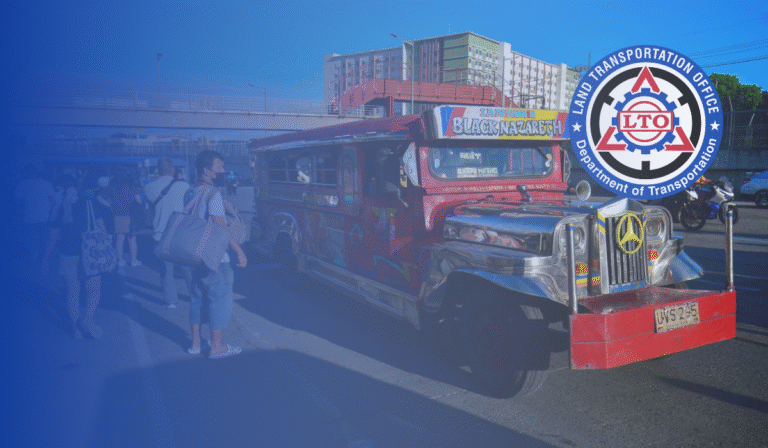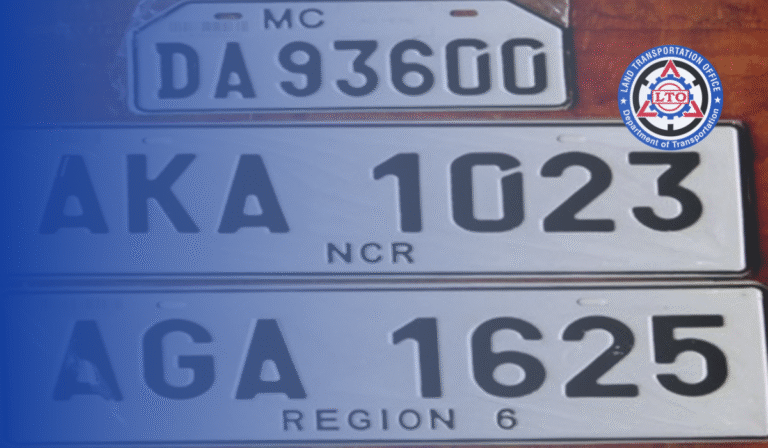What Are the Number Coding Hours in Metro Manila 2025

What Are the Number Coding Hours in Metro Manila 2025. This number coding system, officially known as the Unified Vehicular Volume Reduction Program (UVVRP), was created in 1995 for the purpose of rationing road space. In Metro Manila and selected cities, this regulation restricts the use of private vehicles. It is implemented by the Metro Manila Development Authority (MMDA).
This number coding scheme was implemented in order to alleviate traffic congestion on public roads. This is particularly useful on major thoroughfares such as Epifanio de los Santos Avenue (EDSA) where traffic builds up throughout the day, especially during rush hours.
What is the MMDA Number Coding Scheme?
A number coding scheme is designed to be used for traffic management. It restricts the movement of certain vehicles during rush hour. Specifically, those with the numbers 1 and 2 or 9 and 0 on specific days of the week. Number coding schemes are designed to maximize their impacts by monitoring the number of vehicles in Metro Manila based on their number endings. How? In order to ease traffic congestion, road volume should be reduced. Exceptions like marked government vehicles have been accommodated with the Number coding system overseas. To combat rush hour congestion in Metro Manila, coding has been introduced today.
How Does the Revision Number Coding Scheme Work?
The Number Coding Scheme, also called UVVRP, is a scheme that restricts the operation of private vehicles on Metro Manila streets as well as selected city streets during specific hours on specific days of the week depending on the last digit of their license plates. Through this program, overcrowding vehicles on public roads is limited, and traffic congestion is eased as a result of the dramatic increase in car ownership.
Number coding scheme has undergone several changes since its inception in 1995. Here is a detailed explanation of the Metro Manila number coding scheme, which includes references to the revised number coding scheme.
Raed also: How To Register Motorcycle (MC) Vehicle in LTO Philippines
Number Coding Scheme for 2025 Based on Plate Numbers
According to the MMDA number coding scheme, privately owned cars with license plates corresponding in 1 and 2 are prohibited from traveling on Mondays. The pattern continues throughout the week. It ends on Fridays, when the scheme restricts cars with license plates ending in 9 and 0.
| Last Digit of Plate Number | Coding Day |
|---|---|
| 1 and 2 | Monday |
| 3 and 4 | Tuesday |
| 5 and 6 | Wednesday |
| 7 and 8 | Thursday |
| 9 and 0 | Friday |
What time does Metro Manila code?
Metro Manila is characterized by its busy streets and heavy traffic as one of the most densely populated areas in the Philippines. Most roads in Manila adhere to the number coding morning and evening hours of 7 am to 10 am and 5 pm to 8 pm, with the exception of a few cities and roads where the coding hours are different or the number coding scheme does not apply.
Generally, however, the number coding scheme applies only during certain morning and evening hours from Monday to Friday. In the morning, coding hours are now set between 7:00 a.m. and 10:00 a.m., and in the evening, coding hours are set between 5:00 p.m. and 8:00 p.m. The schedule also includes designated window hours, when coded cars are permitted to travel from 10:01 a.m. to 4:59 p.m. and 8:01 p.m. to 6:59 a.m. It is important to note that the scheme can be applicable to almost every private car, though it does not apply on weekends and holidays.
| City/Municipality | Coding Hours | Window Hours |
|---|---|---|
| Muntinlupa (Alabang) | 7AM to 10AM, 5PM to 8PM | 10:01AM to 4:59PM |
| Caloocan | 7AM to 10AM, 5PM to 8PM | 10:01AM to 4:59PM |
| Las Piñas | 7AM to 10AM, 5PM to 8PM | 10:01AM to 4:59PM |
| Makati | 7AM to 7PM | No Window Hours |
| Mandaluyong | 7AM to 10AM, 5PM to 8PM | 10:01AM to 4:59PM |
| Manila | 7AM to 10AM, 5PM to 8PM | 10:01AM to 4:59PM |
| Parañaque | 7AM to 10AM, 5PM to 8PM | 10:01AM to 4:59PM |
| Pasay | 7AM to 10AM, 5PM to 8PM | 10:01AM to 4:59PM |
| Pasig | 7AM to 10AM, 5PM to 8PM | 10:01AM to 4:59PM |
| Quezon City | 7AM to 10AM, 5PM to 8PM | 10:01AM to 4:59PM |
| San Juan | 7AM to 10AM, 5PM to 8PM | 10:01AM to 4:59PM |
| Taguig | 7AM to 10AM, 5PM to 8PM | 10:01AM to 4:59PM |
| Valenzuela | 7AM to 10AM, 5PM to 8PM | 10:01AM to 4:59PM |
| Malabon | 7AM to 10AM, 5PM to 8PM | 10:01AM to 4:59PM |
| Marikina (Marilaque/Marcos Hwy) | 7AM to 10AM, 5PM to 8PM | 10:01AM to 4:59PM |
| Navotas | 7AM to 10AM, 5PM to 8PM | 10:01AM to 4:59PM |
| Pateros | 7AM to 10AM, 5PM to 8PM | 10:01AM to 4:59PM |
Roads Where Number Coding Apply
The following major roads in cities under the jurisdiction of the MMDA shall be coded with numbers:
| Route | Route |
|---|---|
| EDSA | Rizal Avenue |
| C5 | Quezon Avenue |
| Recto Avenue | Marcos Highway |
| Quirino Avenue | Del Pan |
| Araneta Avenue | Magsaysay Boulevard |
| C6 | Aurora Boulevard |
| Roxas Boulevard | Bonifacio Avenue |
| Taft Avenue | Ortigas Avenue |
| South Luzon Expressway (SLEX) | Shaw Boulevard |
What are the exemptions from the Number Coding Scheme?
Like any law, the number coding scheme has some exemptions for special cases and vehicles. In Metro Manila, these exemptions mean that the coding scheme does not apply to certain vehicle types and certain roads, even though the scheme is effective within the jurisdiction of the city.
Here’s a guide you can refer to for more specific lists:
List of vehicles exempted from the number coding scheme (except in Makati City)
- Motorcycles
- Public Utility Vehicles (PUVs – including tricycles)
- Transport Network Vehicle Services
- Fire trucks, garbage trucks, and fuel trucks
- Marked government vehicles and media vehicles
- Valid and updated PRC licenses for doctors.
- LTO-certified electric and hybrid vehicles
- Motor vehicles carrying essential or perishable goods
Note: In Makati City, the following vehicles are also exempt from the number coding scheme:
Prior to the implementation of the pandemic coding scheme, the Metropolitan Manila Development Authority (MMDA) suspended the Metro Manila number coding scheme due to the COVID-19 pandemic, but has since reinstated the scheme on August 15, 2022.
Makati City, on the other hand, has adopted its own modified number coding scheme, which follows the same format as Metro Manila’s MMDA. The only difference is that the LGU exempts vehicles with more than two passengers from being apprehended. Apart from that, certain types of vehicles are also exempt from Makati’s modified number coding system:
- Vehicles used for official duties, such as ambulances, fire trucks, police patrols, and military vehicles
- Diplomatic plates on diplomatic vehicles
- Plates with government stickers on government vehicles
- Official media vehicles with markings showing their company while in official use
- Tow trucks are duly accredited by the City of Makati
- Vehicles used by medical practitioners during an emergency.
- A vehicle with a Senior Citizen Blu Card holder as the driver or passenger
Other Number Coding Scheme Exemptions
There are some places where the scheme does not apply. The following places are among them:
- Muntinlupa (except Alabang-Zapote Road)
- Marikina (except Marilaque/Marcos Highway)
- The NAIA Expressway
- Taguig (excluding C-5, East Service Road, and Manuel L. Quezon Avenue).
- South Luzon Expressway
- Skyway
- Ninoy Aquino Avenue
- Domestic Road
- Sales Road,
- MIA Road
- Some parts of Buendia (Gil Puyat)
- Parts of Airport Road ; and
- Other tollways and segments of these toll roads which pass through Metro Manila
Number Coding Hours in Metro Manila – Video Guide
If Caught Violating the Number Coding Scheme, What is the fine?
The number coding scheme rules or UVVRP are no different from other road rules in that they entail paying a fine. In general, a fine of P300.00 to P500.00 is charged for violations, depending on where they occur. Payment of this penalty must be made within 7 days. Failure to comply with this requirement within the given period will result in an additional fine.
Tips to Avoid Number Coding Trouble
- Plan Ahead: Check your coding day and avoid unnecessary trips.
- Use Public Transport: Utilize MRT, LRT, or P2P buses on coding days.
- Carpool Smartly: Ride with someone whose vehicle is not coded that day.
- Apply for Coding Exemption: If eligible, secure your CEC early.
- Stay Updated: Follow MMDA’s official social media accounts for real-time advisories.
FAQs About Number Coding Scheme In Metro Manila
What are the number coding hours in Metro Manila?
Ans: The standard number coding hours are from 7:00 AM to 10:00 AM and 5:00 PM to 8:00 PM, Monday to Friday, with window hours from 10:01 AM to 4:59 PM in most cities, except Makati which has no window hours.
Are motorcycles affected by the number coding scheme?
Ans: No, motorcycles are exempt from the number coding scheme across all Metro Manila cities, including Makati. They can operate freely during coding hours without being apprehended.
Which roads are covered under the Metro Manila number coding system?
Ans: The scheme applies to major roads such as EDSA, C5, Roxas Boulevard, SLEX, Ortigas Avenue, and Quezon Avenue, among others. However, some toll roads and airport roads are exempt.
What is the penalty for violating the number coding scheme?
Ans: Violators are fined between ₱300 to ₱500, depending on the city. The fine must be paid within 7 days, or an additional penalty will apply.
Who is exempt from the number coding scheme in Metro Manila?
Ans: Exemptions include emergency vehicles, public utility vehicles, medical professionals with PRC licenses, hybrid/electric vehicles, media vehicles, and senior citizens with Blu Cards, among others. Makati has unique exemptions based on passenger count.
Conclusion
The number coding scheme in Metro Manila is essential for reducing road congestion and promoting smoother traffic flow. Understanding the coding hours, exemptions, and covered roads ensures better planning for commuters. Whether you’re a resident or a visitor, following the UVVRP guidelines helps avoid fines and contributes to a more efficient transportation system across the metro.






